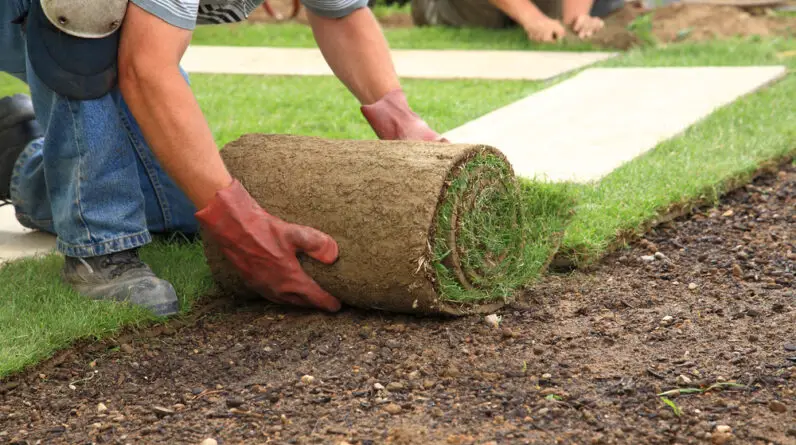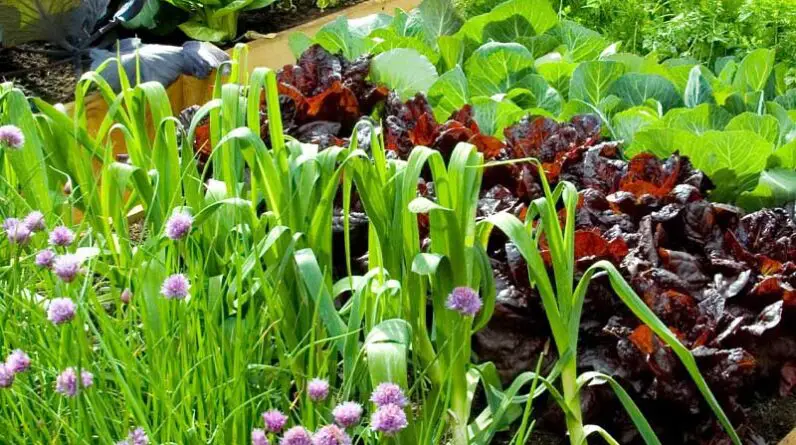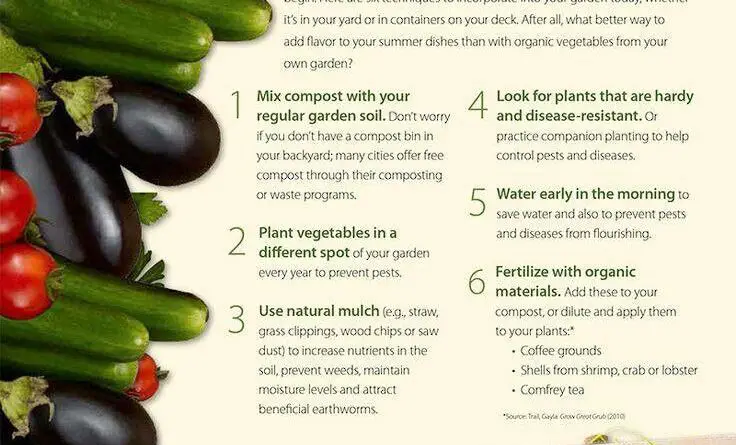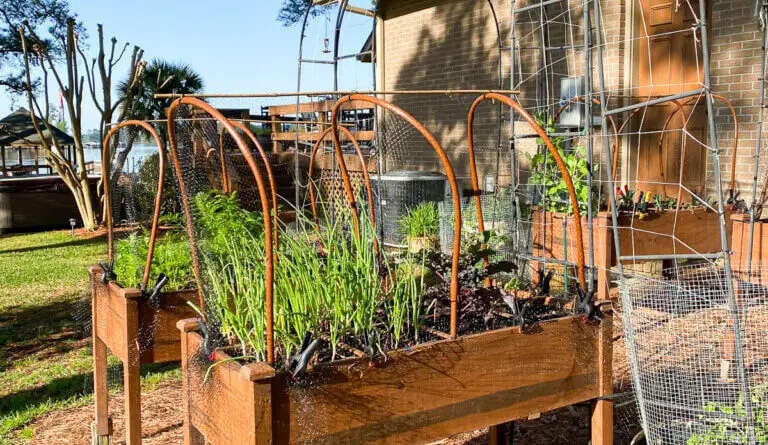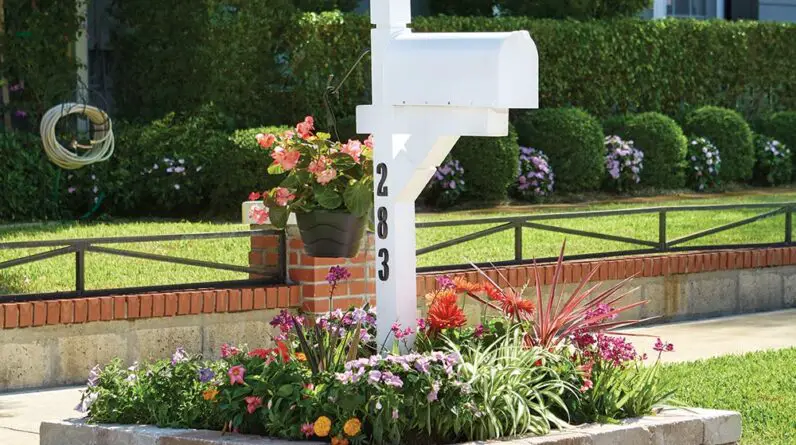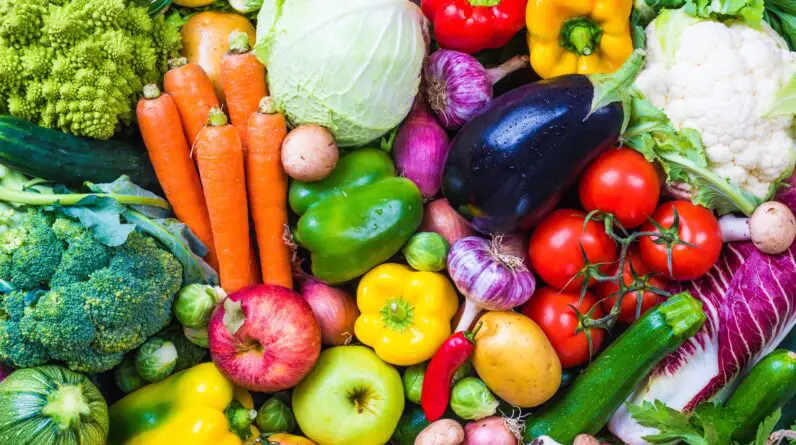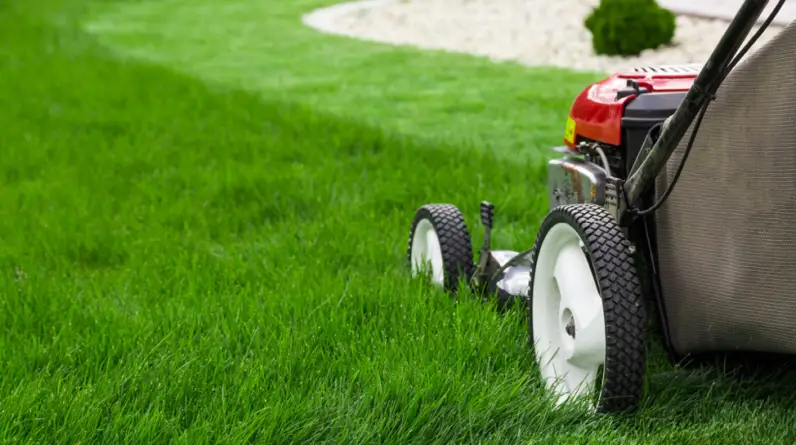
Introduction
Gardening is a hobby that brings immense joy, satisfaction, and a sense of accomplishment. Whether you have a spacious backyard or a small balcony, nurturing plants can be a rewarding and enjoyable activity for anyone. As a beginner, it is crucial to understand the essential first-time gardening tips to lay a strong foundation for your gardening journey.
Why gardening is a rewarding and enjoyable activity
Gardening provides a sanctuary to escape the stresses of daily life and reconnect with nature. It offers a sense of tranquility and peace as you witness the growth and beauty of your plants. Moreover, gardening is a great way to boost your mental wellbeing and reduce anxiety. Actively engaging with nature is proven to have a positive impact on overall happiness and emotional satisfaction.
Benefits of gardening for beginners
For new gardeners, gardening offers an opportunity to learn and develop new skills. It enhances creativity and problem-solving abilities as you find the best ways to care for your plants. Gardening also encourages physical activity, allowing you to stay active and fit while enjoying the outdoors. Furthermore, growing your own food can lead to healthier eating habits and save money in the long run.
Importance of learning gardening tips before starting
Before you embark on your gardening journey, it is essential to gather knowledge about basic gardening tips. Understanding concepts such as soil preparation, watering techniques, and plant care will significantly increase your chances of success. Learning from experienced gardeners or attending workshops can provide practical insights and techniques to ensure a thriving garden.
By equipping yourself with the essential first-time gardening tips, you will be well-prepared to create a beautiful and thriving garden. So, roll up your sleeves and get ready to embark on this exciting journey of nurturing and growing your own plants!
Understanding your space
When starting out with gardening for the first time, it’s crucial to understand your available space. Assessing your space is the first step towards creating a successful garden that suits your needs and limitations.
Assessing your available space
Take a good look at your backyard or any other area you have designated for gardening. Consider factors like the size, shape, and condition of the space. Take note of any existing structures or obstacles that may affect your garden layout. This will help you determine the scale and scope of your gardening project.
Choosing the right spot for your garden
Next, choose the right spot for your garden. Look for an area with good soil quality, proper drainage, and easy access to water. Consider proximity to your home or outdoor living areas for convenience. Additionally, take into account the amount of sunlight your chosen spot receives.
Considering sunlight and shade requirements
Different plants have varying sunlight and shade requirements. Observe how much direct sunlight your potential garden spot receives throughout the day. Some plants thrive in full sun, while others prefer partial shade. Understanding these requirements will help you choose the right plants for your garden and ensure their proper growth and development.
By understanding your available space, choosing the right spot, and considering sunlight and shade requirements, you’ll be off to a great start in your first-time gardening journey. Happy gardening!
Determining your gardening goals
Deciding on the types of plants to grow
When starting your first garden, it’s important to determine your gardening goals. Begin by considering the types of plants you want to grow. Are you interested in growing vegetables, herbs, flowers, or a combination of all three? This decision will guide your plant selection process, as different plants have varying care requirements and thrive in different environments. Consider your climate, space, and personal preferences when making your plant choices.
Establishing a gardening timeline
Once you have decided on the types of plants you want to grow, it’s crucial to establish a gardening timeline. Determine the best time to start planting each type of plant, taking into account your local climate and the plant’s specific growing requirements. Research the average frost dates in your area to avoid planting too early and risking damage to your plants. Additionally, consider the maturity time of each plant, as this will affect your harvesting schedule.
Considering the purpose of your garden
Another essential aspect to consider is the purpose of your garden. Are you looking to grow your own food, create a relaxing outdoor space, or attract pollinators to your yard? Understanding the purpose of your garden will help you plan and design it effectively. For example, a vegetable garden may require more space and sunlight, while a flower garden might prioritize aesthetics and color schemes.
By determining your gardening goals, choosing the right plants, establishing a timeline, and considering the purpose of your garden, you will set yourself up for success in your first gardening adventure. Happy gardening!
Selecting the right tools and materials
When it comes to first-time gardening, selecting the right tools and materials is crucial for success. As a beginner, it’s important to have the basic gardening tools on hand. These include a trowel for digging holes and transplanting, a hand rake for leveling soil and removing debris, and a pair of pruners for trimming plants. These tools will help you carry out your gardening tasks with ease.
Another key aspect to consider is the quality of soil. Good soil quality is essential for healthy plant growth. Before starting your garden, it’s important to understand the soil composition in your area. You can do a soil test to determine pH levels and nutrient content. Based on the results, you might need to enrich the soil with organic matter or use compost for better fertility.
In addition, selecting the appropriate containers or raised beds is vital. If you have limited space, containers can be a great option. They come in different sizes, materials, and shapes to fit your needs. Raised beds are another alternative, providing better drainage and preventing soil erosion.
By selecting the right tools, understanding soil quality, and choosing suitable containers or raised beds, you will set yourself up for a successful first-time gardening experience. These steps are the foundation for creating a thriving and beautiful garden. So grab your tools and get ready to embark on this rewarding journey!
Starting from seeds or transplants
Understanding the pros and cons of starting from seeds
When it comes to starting your first garden, one of the first decisions you’ll need to make is whether to begin from seeds or transplants. Both options have their advantages and drawbacks, so it’s important to understand them before you make your choice.
Starting from seeds is a cost-effective option and offers a wider range of plant varieties to choose from. It also allows you to witness the complete growth cycle of your plants, from germination to maturity. However, it requires patience, as seeds can take longer to grow. The unpredictable nature of seeds can sometimes result in disappointment if they fail to germinate or thrive.
Choosing the right seeds for beginners
For first-time gardeners, it’s advisable to select easy-to-grow and low-maintenance seeds. Vegetables like tomatoes, lettuce, and zucchini are excellent choices for beginners. These crops are more forgiving and tend to adapt well to different growing conditions. Additionally, consider purchasing organic and heirloom seeds to support sustainable gardening practices.
Tips for transplanting seedlings
If you decide to start with transplants, there are a few essential tips to keep in mind. Ensure your seedlings are healthy and well-established before transplanting them into the garden. Prepare the planting area in advance by loosening the soil and removing any weeds. When transplanting, handle the seedlings gently to avoid damaging their delicate roots. Water thoroughly after transplanting to help the plants settle in.
Remember, whether you choose to start from seeds or transplants, the key to successful gardening lies in patience, observation, and learning from your gardening experiences. Happy gardening!
Nurturing your garden
Proper watering techniques and schedules
As a first-time gardener, one of the most crucial things you need to learn is how to water your plants properly. Overwatering can lead to root rot, while underwatering can cause plants to wither and die. To ensure optimum growth, it is essential to understand the watering needs of each plant in your garden.
Timing is key
Water your plants early in the morning or late in the evening to prevent moisture loss due to evaporation. This allows the plants to absorb water efficiently and reduces the risk of diseases caused by damp foliage.
Know your plant’s needs
Different plants have different water requirements. Some may prefer moist soil, while others thrive in drier conditions. Research each plant in your garden to determine how often and how much you should water them.
Fertilizing your plants for optimum growth
To promote healthy growth and vibrant blooms, fertilizing your plants is essential. It provides them with the necessary nutrients they need to thrive.
Choose the right fertilizer
There are various types of fertilizers, such as organic or synthetic ones. Consider factors like your plant’s needs, soil type, and personal preferences when selecting the right fertilizer for your garden.
Follow the instructions
Overfertilizing can lead to burning the roots and damaging your plants. Read the instructions on the fertilizer package carefully, and follow the recommended dosage.
Preventing and managing pests and diseases
Protecting your garden from pests and diseases is crucial for maintaining healthy plants.
Identify common pests and diseases
Learn to identify common pests and diseases that may affect your plants. Early detection and prevention are key to minimizing damage and the spread of infestations.
Use natural or organic remedies
Consider using natural or organic remedies to control pests and diseases. These are safer for the environment, and they pose less risk to beneficial organisms such as bees and butterflies.
By following these essential first-time gardening tips, you will be well on your way to nurturing a beautiful and thriving garden. Remember to adapt your gardening routine to suit the specific needs of your plants, and always stay curious and open to learning. Happy gardening!
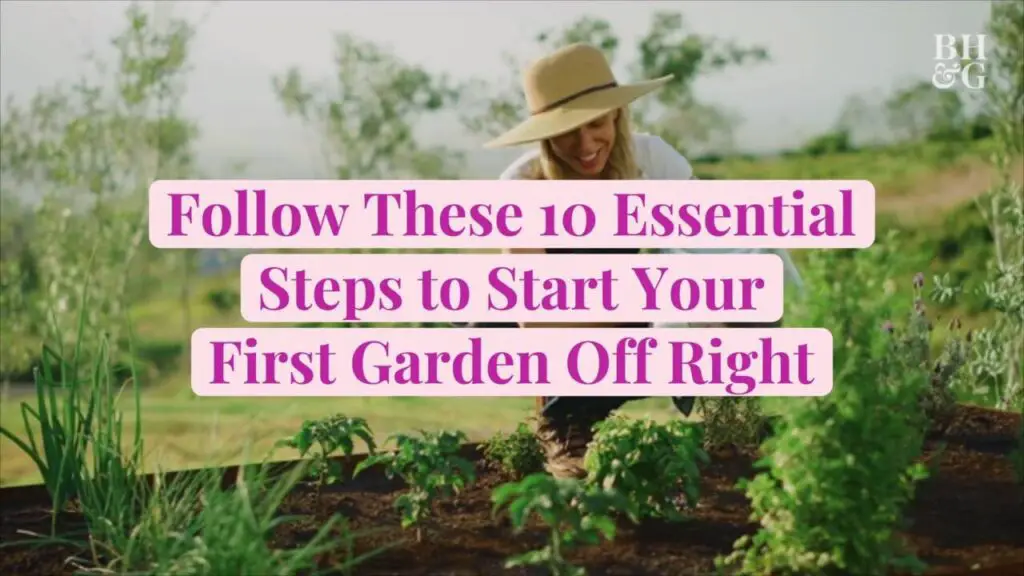
This image is property of cf-images.us-east-1.prod.boltdns.net.
Harvesting and maintaining your garden
One of the most rewarding aspects of gardening is being able to harvest and enjoy the fruits of your labor. However, knowing when to harvest different types of plants can be a bit tricky for first-time gardeners. Each plant has its own signs of readiness, and it’s essential to pay attention to these cues.
Knowing when to harvest different types of plants
For vegetables like tomatoes and peppers, wait until they are fully ripe and have a vibrant color. Leafy greens, on the other hand, are best harvested when the leaves are young and tender. When it comes to herbs, the best time to harvest is right before the plants flower. This is when their flavors are the most potent.
Storing and preserving your harvested produce
Once you’ve harvested your plants, proper storage and preservation techniques are crucial to ensure their longevity. For vegetables and fruits, store them in a cool, dark place with good airflow. Some produce can also be canned, pickled, or frozen for later use. Herbs can be dried by hanging them in bundles in a dry, well-ventilated area.
Maintaining your garden for long-term growth
To ensure the long-term growth of your garden, it’s essential to take care of the soil and plants. Regular watering, weeding, and fertilizing are necessary tasks. Additionally, pruning plants and removing dead or damaged parts will promote healthy growth. Monitor for pests and diseases, and take appropriate measures to prevent or control them to maintain a thriving garden.
By following these tips, you’ll be well on your way to harvesting and maintaining a successful garden. Happy gardening!
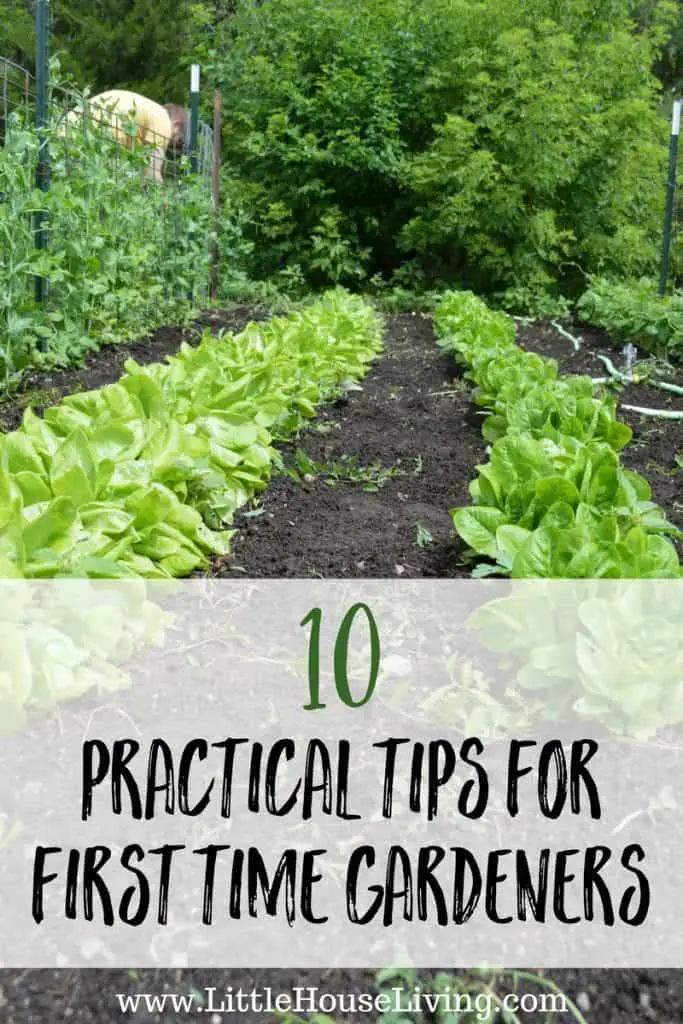
This image is property of www.littlehouseliving.com.
Conclusion
In conclusion, first-time gardening is an exciting and fulfilling endeavor. With some basic knowledge and a willingness to learn, anyone can enjoy the rewards of growing their own food and creating a beautiful outdoor space. So, don’t hesitate to grab a trowel, get your hands dirty, and start your own garden today. You won’t regret it!


